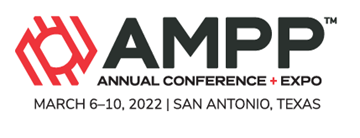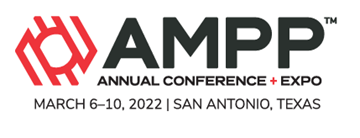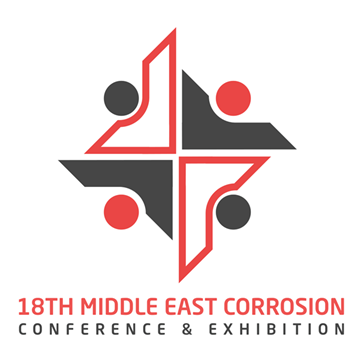Search
Individual Conference Papers
View as
Sort by
Display
per page
Metal, Moisture, and Mystery: The Curious Case of the Corroding Phone Charger Pin
Product Number:
51324-21155-SG
Publication Date:
2024
$40.00
Metallic Film-Coated Optical Fiber Sensor For Corrosion Monitoring At High Pressures
Product Number:
51322-17804-SG
Publication Date:
2022
$20.00
Metallizing Steel Bridges In New England - It’S Growing!
Product Number:
51322-17836-SG
Publication Date:
2022
$20.00
Metallurgical Analysis of 30-Inch Pipe Containing an Internal Crack
Product Number:
51324-20700-SG
Publication Date:
2024
$40.00
Metallurgical Analysis of Hydrotested 20-Inch Natural Gas Pipeline
Product Number:
51321-16330-SG
Publication Date:
2021
$20.00
Metallurgical and Micostructural Effect on CVN Impact Toughness in 2,25Cr1Mo Weld Metal
Product Number:
MPWT19-15280
Publication Date:
2019
$0.00
Metallurgical Aspects of HTHA in CS Below Traditional Nelson Curve Values
Product Number:
51320-15062-SG
Publication Date:
2020
$20.00
Metallurgical Investigation Of Hydrogen Reformer Tube Rupture – A Case Study
Product Number:
51323-18930-SG
$20.00
Method for Measuring Energy Savings on Highly Reflective Coatings
Product Number:
41215-886-SG
Publication Date:
2015
$20.00
Methodologies to Evaluate Corrosion of Carbon and Stainless Steels in Artificial Geothermal Solutions
Product Number:
51324-20716-SG
Publication Date:
2024
$40.00
Methodologies to Predict the Operational Limits of Nonmetallic Materials in Well Applications:The Cases of Hydrocarbon Production and Carbon Dioxide Sequestration
Product Number:
MECC23-20049-SG
Publication Date:
2023
$20.00












